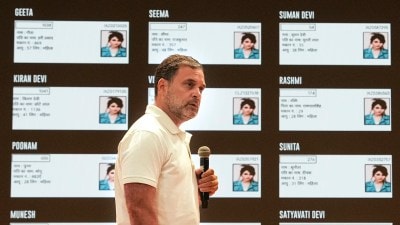Study shows young adults hit by ‘news fatigue’
Young adults experience news fatigue from being inundated by facts and updates, the latest study suggests.

Young adults experience news fatigue from being inundated by facts and updates and have trouble accessing in-depth stories, according to a study to be unveiled at a global media conference on Monday.
The Context-Based Research Group, an ethnographic research firm, found that the news consumption behaviour of younger readers differs profoundly from that of previous generations.
The research project, commissioned by The Associated Press in 2007, analysed the news consumption patterns of an ethnically diverse group of 18 men and women between the ages of 18 and 34 in six cities in the United States, Britain and India.
It ultimately helped AP design a new model for news delivery to meet the needs of young adults, who are driving the shift from traditional media to digital news, said Jim Kennedy, AP’s director of strategic planning.
“The real value was that it gave us a lasting model of how news is being consumed in the digital space by young people that we can use to improve our own news gathering and project development,” Kennedy said.
That includes what the AP calls “1-2-3 filing,” starting with a news alert headline for breaking news, followed by a short present-tense story that is usable on the Web and by broadcasters. The third step is to add details and format stories in ways most appropriate for various news platforms.
Editors at the Telegraph in London are following a similar approach and have seen a big jump in traffic at the newspaper’s Web site. The study said the Telegraph has adopted the mind-set of a broadcast-news operation to quickly build from headlines to short stories to complete multimedia packages on-line to boost readership.



- 01
- 02
- 03
- 04
- 05




























